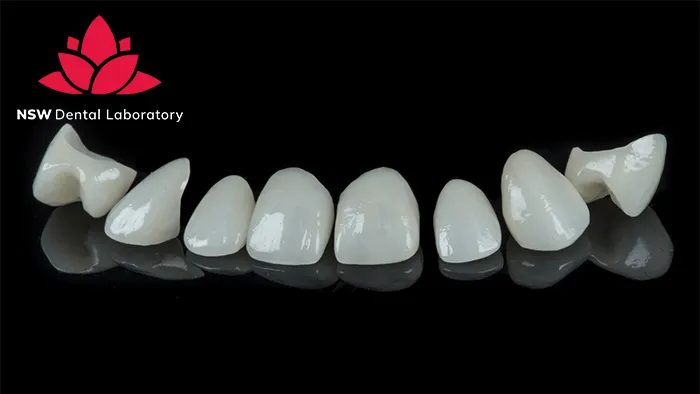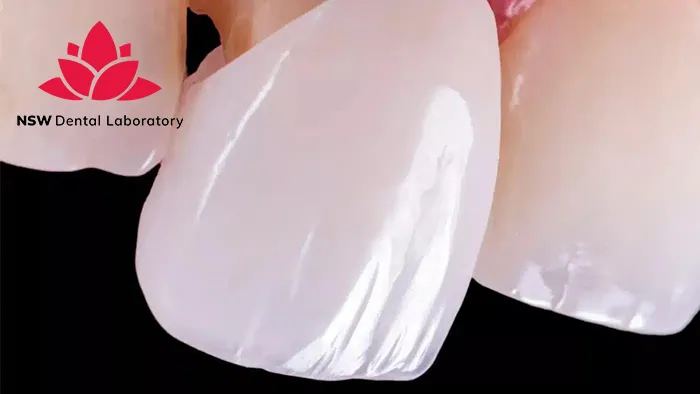How To Achieve Success In Cementing Zirconia Crowns?

The advancements in zirconia materials and the progress of digital technology have made zirconia crowns a popular choice for both aesthetic and functional dental restorations. With their remarkable development and widespread application, achieving optimal outcomes with zirconia crown restorations is essential for dentists seeking to elevate their practice. Among the critical steps in this restorative process, Cementing Zirconia Crowns plays a pivotal role in determining the success of the treatment. This procedure requires careful consideration and precision to ensure long-term success and durability.
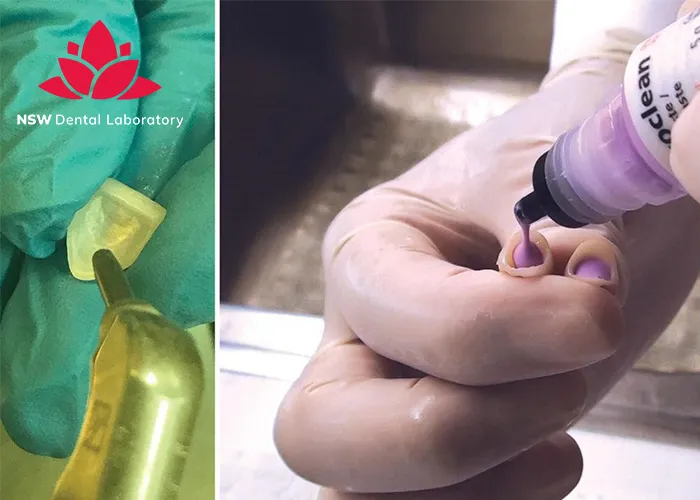
In this comprehensive guide, we will explore the key aspects of Cementing Zirconia Crowns, including tooth preparation, selection of luting materials, step-by-step cementation protocols, and essential considerations to help you achieve successful and reliable zirconia crown restorations.
Preparation
Pre-Cementation Preparation
Before initiating the process of Cementing Zirconia Crowns, proper preparation is essential to ensure optimal outcomes. These preparatory steps include accurate tooth preparation and ideal restoration conditioning:
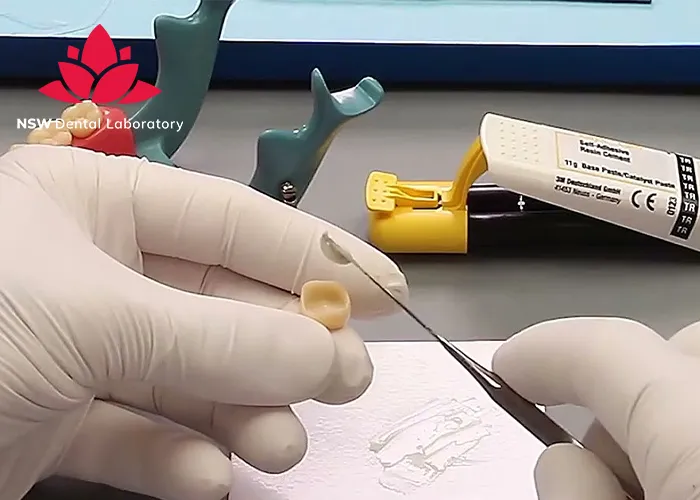
Accurate Tooth Preparation
Utilizing fine-grit diamond burs helps create a smooth and even surface on the tooth. A chamfer or shoulder margin of at least 0.5 mm should be established circumferentially, and a minimum of 1 mm occlusal reduction is required to provide adequate space for the zirconia crown.
The height, taper, and surface texture of the abutment tooth must be carefully evaluated to ensure sufficient retention and resistance form. Proper preparation helps prevent complications such as debonding, bleeding, or infections, ultimately contributing to the long-term success of the restoration.
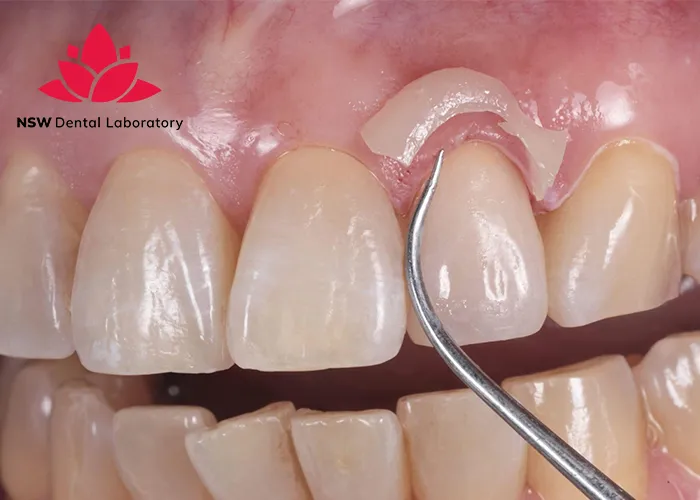
Ideal Restoration Conditioning
Before cementation, zirconia crowns must undergo proper surface treatment. The restorations should be decontaminated using a zirconia cleaning solution to remove any impurities. Hydrofluoric acid is not recommended for zirconia; instead, airborne particle abrasion with aluminum oxide can be performed on the intaglio surface to enhance mechanical retention.
Additionally, any contaminants introduced during the try-in phase should be thoroughly eliminated to optimize bonding effectiveness.
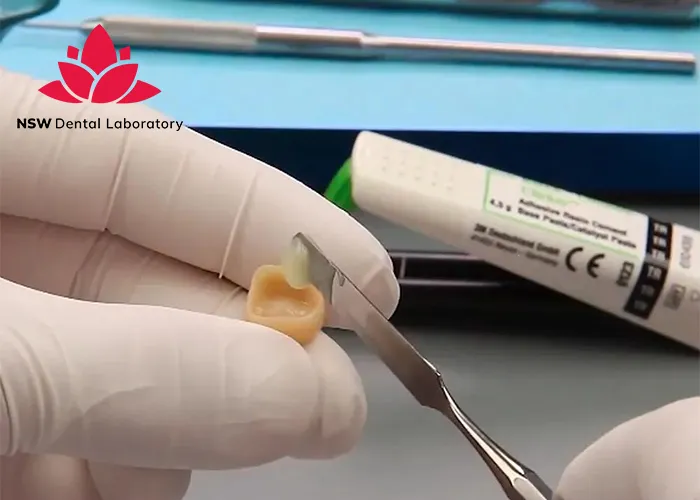
Selection Types of Cement For Cementing Zirconia Crowns
Choosing the appropriate cementing agent is crucial for the long-term success of the zirconia crown restoration. Several factors should be considered, including the type of Zirconia crown material, esthetic requirements, retention needs, and the clinician’s preferences. The commonly used cement types include Resin-Modified Glass-Ionomer (RMGI) cement, adhesive resin cement, and self-adhesive resin cement (SARC). Each type has its advantages and limitations, and the selection should be based on a thorough understanding of the specific clinical situation.
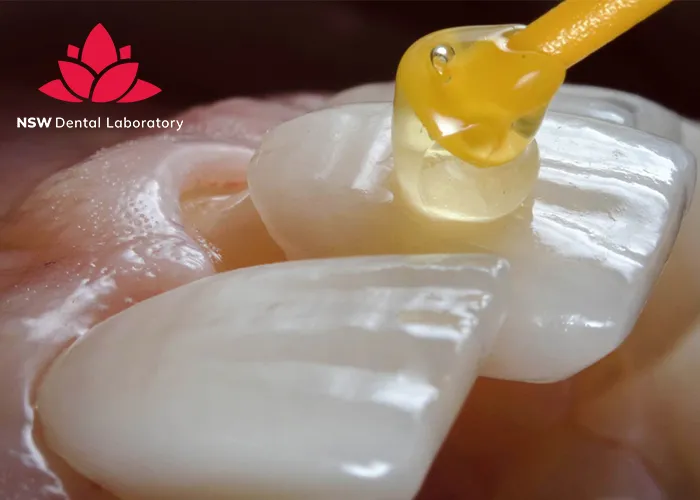
-
Resin-Modified Glass-Ionomer Cement (RMGI)
Resin-modified glass ionomer (RMGI) cement is a self-adhesive cement that combines the benefits of resin cement and glass ionomer cement. It chemically bonds to zirconia and tooth structure while relying on mechanical retention to secure the restoration to the prepared tooth. RMGI cement offers excellent biocompatibility, fluoride release, ease of use, and simple cleanup. This type of cement is ideal for single zirconia crowns, implant-supported restorations, and zirconia cases with retentive preparations.
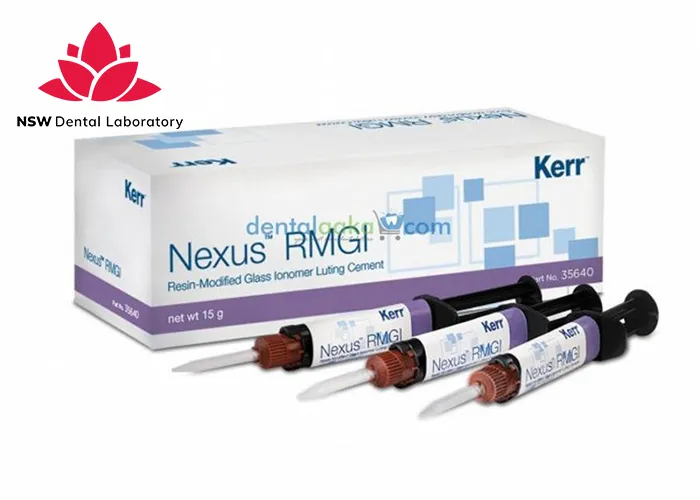
-
Adhesive Resin Cement
Adhesive resin cement is widely used for cementing zirconia crowns due to its excellent esthetics, high bond strength, and versatility. Among the three options, adhesive resin cement provides the strongest retention but requires a more technique-sensitive cementation process. Additionally, it offers color stability and is available in light-cure options, allowing for better control over the final aesthetic outcome. Adhesive resin cement is ideal for zirconia veneers and non-retentive zirconia restorations.
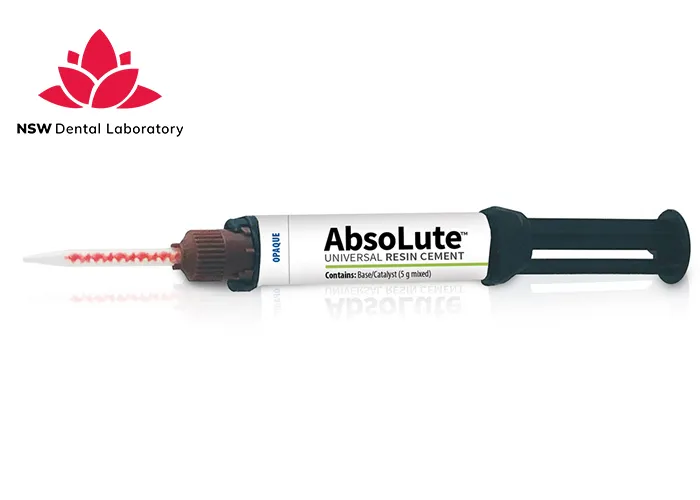
-
Self-Adhesive Resin Cements (SARC)
Self-adhesive resin cements (SARC) are a relatively new type of dental cement that relies on self-etching or self-priming properties to bond with tooth structure and zirconia, eliminating the need for separate etching and bonding steps. This simplifies the Cementing Zirconia Crowns process. SARC offers higher bond strength than RMGI and is easy to use without the need for additional etching, priming, or bonding steps, making it an ideal choice for retentive zirconia preparations.
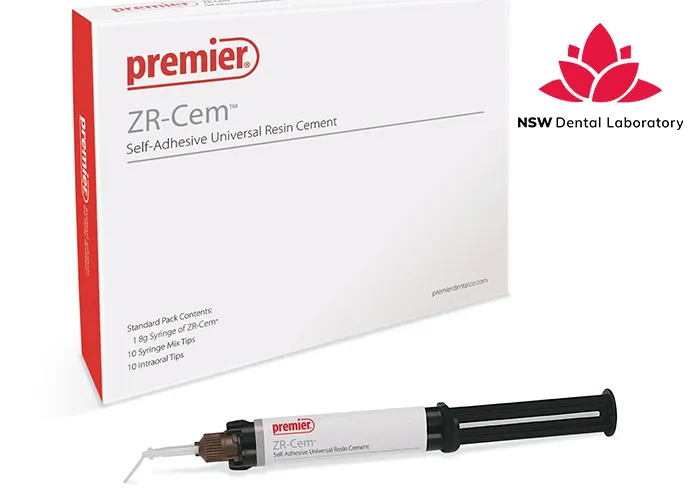
Cementing Zirconia Crowns Workflow
Pretreatment of The Tooth
After removing the temporary crown, it is essential to pretreat the zirconia crown to eliminate any residues from hemostatic agents, desensitizers, disinfectants, and temporary cement. This prevents contamination from salivary phosphates, which have a strong affinity for zirconia and can cause chemical interactions that interfere with bonding.
Next, sandblast the inner surface of the zirconia crown with aluminum oxide at a pressure of 2.5 bar to remove any residues and create a rough surface to enhance adhesion. Then, clean the restoration with steam and allow it to dry completely before Cementing Zirconia Crowns.
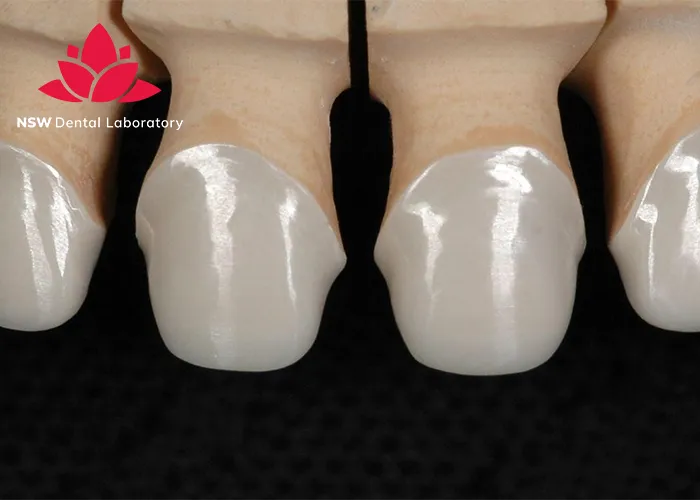
Apply Cement and Seat the Tooth
First, dispense a small amount of cement onto the mixing pad to ensure proper mixing. Then, apply the cement directly to the crown. Use finger pressure to firmly seat the crown, ensuring that all areas in contact with the tooth are fully covered until the crown is securely positioned.
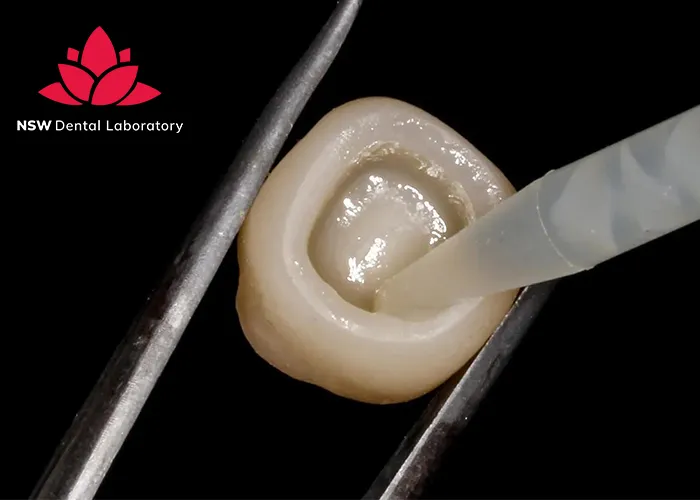
Remove Excess Cement And Clean Up
Once seated and after the tack cure, excess cement around the crown must be removed. Use finger pressure to keep the crown stabilized while removing excess cement with a scaler. Be careful not to exceed the manufacturer’s recommended gel phase time, as this can make cleanup extremely difficult. To control the gel phase timing, use an LED curing light.
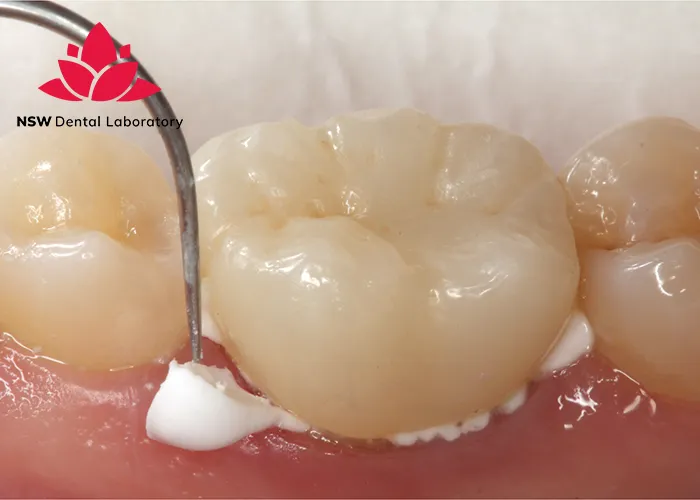
Final Cure
Light cure the tooth for 20 seconds per surface or allow 6 minutes from the start of mixing for a self-cure. Pay close attention to surface details and the distance of the curing light relative to the restoration. Once the cement has reached the required setting time and hardness, finalize and polish the restoration as desired.

Considerations During the Cementing Zirconia Crowns
- Avoid contact between phosphoric acid and the zirconia restoration during cementìn Zirconia Crowns, as phosphate ions in the acid can interfere with the bonding ability of zirconia.
- Do not use common surface treatments for zirconia crowns. Treatments like silanization and acid etching don’t work on zirconia’s inert surface.
- Avoid using prophy paste during the cleaning of the prepared tooth. There are cleaning ingredients in the paste that contribute to crowns coming off.
- For High-translucent zirconia, the opaque nature can interfere with shade matching. Resin cement might be better here to enhance fracture resistance and optimize the strength of the restoration.
- Do not use too much force during sandblasting during pretreatment, avoid non-MDP cement formulations, and do not rely on self-adhesives to retain the restoration in cases with limited mechanical retention.

Summary
Choosing NSW Dental Lab as your zirconia dental lab partner can benefit both your practice and your patients’ experience. Our clinical support team can assist you with material selection for crowns and bridges, case planning, digital dentistry, and the process of Cementing Zirconia Crowns.
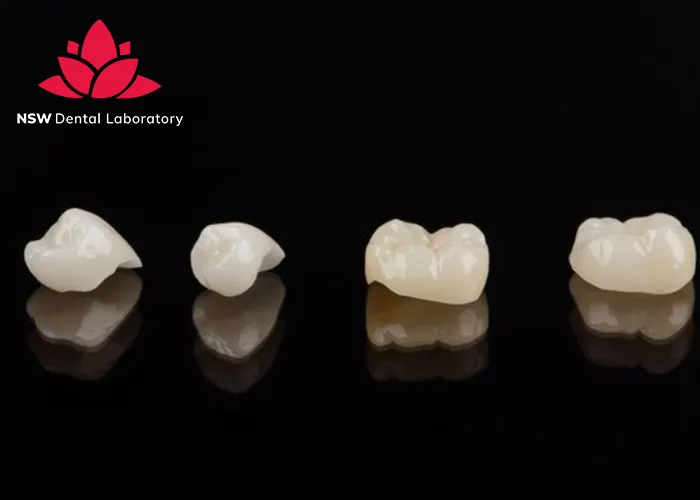
If you ever encounter complications during the process of Cementing Zirconia Crowns, you can call our lab directly to discuss your specific case with our team of expert technicians. The NSW Lab technical team is ready to help resolve any issues related to zirconia crowns or bridges and will work with your practice to find the best possible solution.


